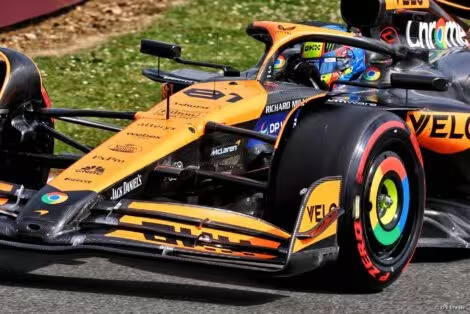In just a few hours, Formula 1 drivers will face perhaps the most high-pressure and, in some ways, most dangerous part of their entire race weekend when they take to the Hungaroring for today’s qualifying session. A session that may prove more critical than most.
But while drivers will be focused on their lap times during the qualifying hour, they will also be paying more attention than usual to the session timer too as it relentlessly counts down to the end of each of the three phases.
Over the first half of the 2024 season, making it around an out-lap before the chequered flag signals the end of a session has become an increasingly complicated matter for teams and drivers. In recent rounds, many drivers have either had their most important laps of qualifying heavily compromised or been unable to complete them entirely due to the growing problem of cars queuing at the end of the pit lane.
But how did this phenomenon become such a headache for teams all across the pit lane and how much of a problem can they expect it to be this afternoon?
Before the maximum lap time
Due to the high speeds achieved by Formula 1 cars, there are few more dangerous situations than a car pushing at the limit suddenly coming across a slow car on the track. It’s a problem that is especially hazardous in qualifying, where drivers do not want to back off in any capacity in case their lap times and grid positions suffer for it.
But this dedication to trying to wring every last tenth of a second out of qualifying laps is, paradoxically, what leads to drivers running so slow during what should be the fastest session of the grand prix weekend. Whether it’s to prepare their tyres until they’ve reached their optimum temperature, ensure they can run their flying lap in clear air or to even grab a tow from the slipstream of rivals ahead in especially high-speed circuits, drivers will exercise patience on their out-laps to put themselves in the best position possible for their push laps.
However, that all too often led to some alarming scenes where drivers on flying laps would have to navigate through packs of slow, off-the-pace rivals through the final sector. The problem has been especially acute in the junior categories where fields are larger – 22 cars in Formula 2 and 30 in Formula 3. At Monza last year the F3 session was red-flagged due to a collision and several F2 drivers missed out on setting a flying lap at the…
Click Here to Read the Full Original Article at RaceFans…

